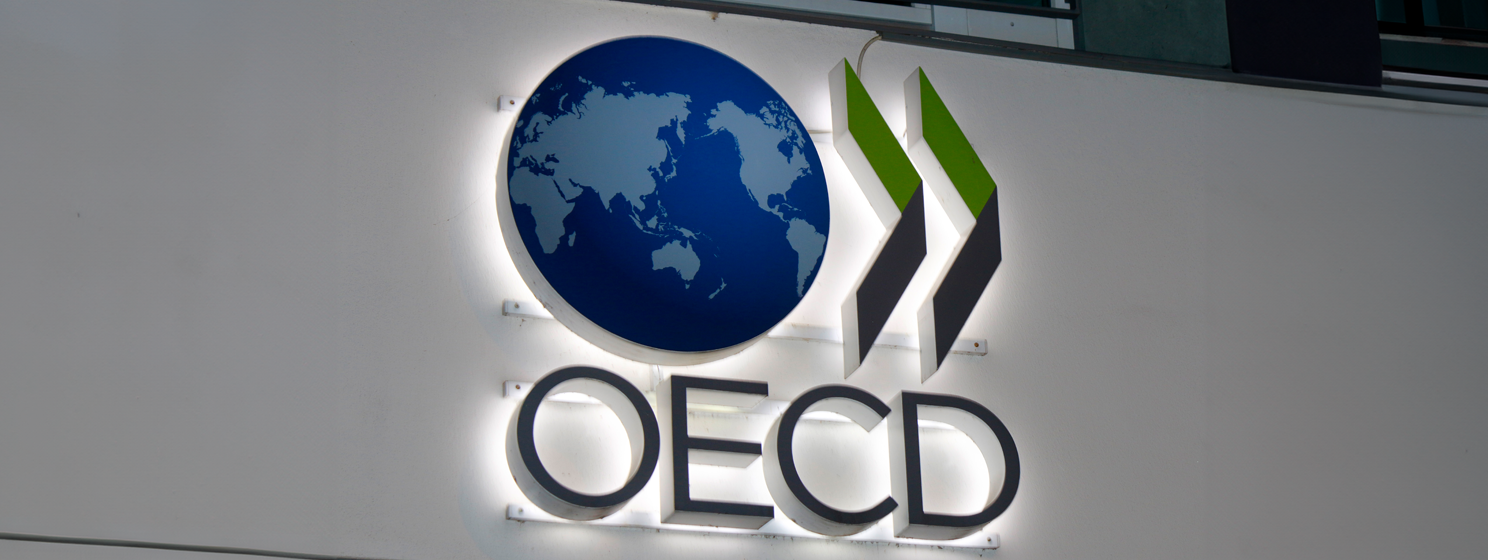|
Getting your Trinity Audio player ready...
|
Block reward mining got a little closer to profitability in December, but those who buy more BTC than they mine are already underwater on their latest purchases.
BTC miners closed out 2024 on a relatively high note, thanks to the token’s fiat price spike over the last two months. However, the token has since surrendered some of those gains, while mining difficulty continues to set new all-time highs, rising by one-third since Donald Trump was elected U.S. president on November 6.
Mining is currently twice as hard as it was just one year ago, while the block reward halved from 6.25 to 3.125 BTC last April. Over the same period, some prominent miners—including MARA (NASDAQ: MARA), Riot Platforms (NASDAQ: RIOT) and CleanSpark (NASDAQ: CLSK)—began a ‘HODL’ strategy, refusing to sell the BTC they mine.
This HODL’ing is allegedly based on the conviction that BTC’s fiat value will continue to rise in perpetuity, offsetting rising energy costs. However, as this week’s abrupt BTC price plunge has demonstrated, what goes up can also come down.
Some miners—including MARA, Riot and Hut 8 (NASDAQ: HUT)—also take on significant new debt to buy additional BTC on the open market. MARA’s latest BTC buy saw it raise $1.925 billion, of which $1.53 billion was used to acquire 15,574 BTC at an average price of $98,529. That’s ~$3,500 above BTC’s price as of mid-day Wednesday, putting this deal currently around $54.5 million in the red.
Things could worsen if mining difficulty continues to rise and miners face competition for finite energy resources from entities dedicated to other high-performance computing (HPC) tasks, such as AI data centers. Case in point: Trump and Emirati billionaire Hussain Sajwani just announced that the latter plans to spend $20 billion building AI/cloud data centers in many states where U.S. miners tend to congregate.
Russell Cann, chief development officer at Core Scientific (NASDAQ: CORZ), told the Financial Times that AI’s energy demands would “greatly affect how much [BTC] mining can be added to the grid.” Likening this resource fight to a simple math equation, Cann said, “right now from an economics perspective, it’s going to be AI.”
Translated: AI has an actual function, whereas BTC doesn’t do anything except (occasionally) appreciate in value. Barring a massive expansion in the world’s energy infrastructure, or a massive reduction in mining difficulty, BTC’s proof-of-work (PoW) consensus mechanism appears to be living on borrowed time.
Small wonder that miners are increasingly diversifying their operations to include AI data center support. On December 23, TeraWulf (NASDAQ: WULF) announced a deal to lease 70+ megawatts of its upstate New York data center infrastructure to its first AI customer, Core42.
On December 18, Core Scientific CEO Adam Sullivan said his company would have “a relatively equal split” in revenue terms between AI/BTC operations in 2025. Sullivan appeared to express a preference for AI operations, calling the data center business “just a radical shift from the high volatility [BTC] mining space.”
Made (for now) in USA
Trump has stated that he wants all future BTC to be “MADE IN THE USA,” a pledge he’s supported by promising to loosen constraints on how U.S. energy is generated. However, until Trump’s plan brings real-world improvements, miners will increasingly be driven to shift their operations overseas. MARA, for example, has set a goal of basing half its operations outside the U.S. by 2028, including sites in Abu Dhabi, Kenya, Paraguay and elsewhere.
That is, provided other nations don’t follow the lead of Russia, which announced on Christmas Eve that it was prohibiting mining in 10 regions/territories until March 2031 due to concerns that local grids can’t handle the load. Additional regions of Russia will face mining bans during peak energy consumption periods, ranging from three to six months of the year.
While hardly at the top of any miners’ travel itinerary, Iran recently imposed rolling blackouts on customers in Tehran and several outlying provinces, with unauthorized crypto mining cited as one of the causes. The blackouts coincided with BTC’s rise to over $100,000, leading the head of Iran’s state-owned utility to criticize “some opportunistic and exploitative individuals [using] subsidized electricity, public networks and other resources for cryptocurrency mining without authorization.”
BTC mining is more than just hot air
Keenly aware of the criticism leveled at BTC miners sucking up electricity needed for more practical purposes, miners are searching for ways to lessen the environmental impact of their pointless endeavors. Sazmining, for example, recently teased a project in an unspecified Norwegian village to use the excess heat generated from its mining rigs to replace a local “oil-fired boiler.”
MARA is also hunting for Nordic heating projects, having announced a 2Mw pilot project in “a community of 11,000 residents in Finland” last summer. On December 20, the company tweeted the launch of “our second district heating project warming a city of 67,000 residents,” bringing the number of allegedly warm Finns to “nearly 80,000.”
Not to be outdone, blockchain hardware manufacturer Canaan Inc (NASDAQ: CAN) just announced the launch of two new mining rigs “designed to democratize cryptocurrency mining for individuals and turning a home heating system into a crypto mining device.”
The Avalon Mini 3 boasts a hash rate of 37.5Th/s, while the more compact and portable Avalon Nano 3s offer an “affordable, beginner-friendly” option with a 6Th/s rate. Canaan CEO/founder NG Zhang called the rigs “user-friendly, practical mining solutions for the modern individual” that provide “both digital currency and home comfort.” Together at last!
Do you yield?
If BTC stubbornly refuses its assigned ‘number go up’ role, miners holding vast quantities of tokens will have to look elsewhere for gains. That appears to be the strategy embarked upon by MARA, which on January 3 revealed that it had loaned out 7,377 of the total 44,893 BTC currently on its balance sheet to third parties to generate “additional return for our stakeholders.”
MARA didn’t reveal the names of the BTC borrowers, nor how many borrowers there were. The company’s VP of investor relations, Robert Samuels, tweeted that the loans were “short-term arrangements with well-established third parties.” Samuels said the loans had been “active throughout 2024” and were generating “a modest single-digit yield.” Proceeds are intended to “offset operating expenses.”
‘Generating yield’ is something of a loaded phrase in crypto circles, given it was the practice of numerous operators that lent customer assets to other operators, who lent those assets to still other operators, each, in turn, offering greater ‘yield’ to the lenders, with no one seemingly asking where the yield was coming from.
The result was a domino-like cascade of bankruptcies and criminal charges, and the ‘crypto winter’ that followed kept token prices depressed for over a year. So, if we were MARA investors, we’d want to know more about who was doing what with our BTC.
Deck the halls
Most publicly traded miners have now turned in their December production reports, which, as always, are presented below in descending order of BTC-producing proficiency.
- MARA produced 890 BTC in December, down 2% from November, despite a 15% rise in energized hash rate. MARA chalked up the decline to “a slight decrease in luck.” All told, MARA mined 9,457 BTC last year while it purchased another 22,065 on the open market. MARA’s vaults now contain nearly three times the amount of tokens they held at the end of 2023 (15,174).
- CleanSpark mined 668 BTC in December, 46 more than November’s tally. That brought the 2024 total to 7,024, a decline from 2023’s 7,391, despite annual hash rate growth hitting an impressive 288%. CleanSpark finished 204 with 9,952 BTC on hand, more than triple the number at the end of 2023. CleanSpark raised $550 million in new debt in December, which it will use to pay off old debt and fund operations, not buy additional BTC.
- Iris Energy (NASDAQ: IREN) mined 529 BTC in December, a whopping 150 more than November’s result, as average hash rate jumped 8.4 points to 28.1EH/s. For 2024 as a whole, IREN mined 3,984 BTC, down from 4,123 in 2023, despite a 450% increase in mining capacity year-on-year. (Damn you, halving!) Nonetheless, IREN celebrated achieving its year-end hash rate target of 31EH/s and is targeting a boost to 50EH/s in the first half of 2025.
- Riot Platforms produced 516 BTC in December, 4% better than in November. Riot boosted its hash rate by 155% last year but mined only 4,828 BTC in 2024, down from 6,626 in 2023. After some serious debt raising, Riot acquired 5,784 BTC in December, boosting its total holdings to 17,772 BTC at an average price of a little over $100,000 each (or ~$5,000 higher than their current value).
- Core Scientific self-mined 291 BTC in December, down from 314 in November, but sold only 79 BTC in December after unloading 272 in November. For the year as a whole, Core self-mined 6,595 BTC, less than half the 13,762 it collected in 2023. This reduction is partly due to Core’s multi-billion dollar deal with ‘AI Hyperscaler’ CoreWeave this summer, with CoreWeave exercising its final option to contract for additional infrastructure in October.
- Cipher Mining (NASDAQ: CIFR) mined 234 BTC in December, up from 202 in November, while selling 217 BTC, reducing its reserve to 1,344 tokens.
- Bitfarms (NASDAQ: BITF) generated 211 BTC in December, four more than in November, and sold 147 tokens. Bitfarms earned 2,914 BTC in 2024, down from 4,928 in 2023, despite hash rate doubling year-on-year. Bitfarms now holds 934 BTC, while its Synthetic HODL™ program (basically, buying long-dated BTC call options) has, to date, produced a 135% return in dollar terms.
- TeraWulf self-mined 158 BTC in December, a significant boost from November’s 115, although that month suffered from planned hardware maintenance. The average hash rate improved 3.5 points from November to 8.4 EH/s. December also saw TeraWulf finalize data center lease agreements for 70Mw of its infrastructure in a deal that could generate over $1 billion in revenue over its initial 10-year period.
- Bitdeer (NASDAQ: BTDR) self-mined 145 BTC in December, five fewer than the month before. In November, Bitdeer announced plans to raise $400 million in new debt, with most of the funds allocated towards data center expansion and new rigs.
- Hive Digital mined 103 BTC in December, the same as November. The company’s ‘HODL portfolio’ has grown to 2,805 BTC, nearly two-thirds higher than the total at the end of 2023. December saw Hive relocate its head office from Vancouver, Canada, to San Antonio, Texas, “to enhance growth and shareholder value within the U.S. market.”
- HUT 8 self-mined 89 BTC in December, five fewer than in November. The figures don’t include HUT 8’s agreement with mining client Ionic Digital, which the latter controversially halted on December 10. HUT 8 bought an additional 990 BTC in December, boosting its reserve to 10,096 tokens. The 990 BTC were purchased at an average price of $101,710, nearly $6,000 higher than their current value, but HUT 8 claims the overall average is much lower due to many of the tokens being mined, not purchased.
Watch: Bringing the Metanet to life with Teranode

 12-16-2025
12-16-2025 





